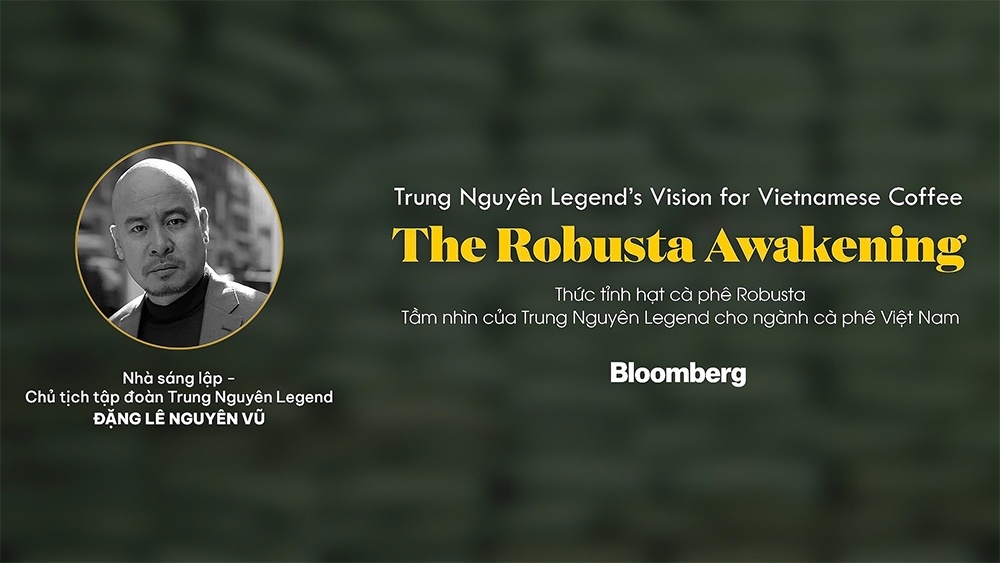Mixed forecast for stock market in 2016
 Given the looming possibilities of further Federal Reserve rate hikes in 2016, as well as China’s unstable economy and currency devaluations, what are their likely impacts on Vietnam’s stock market?
Given the looming possibilities of further Federal Reserve rate hikes in 2016, as well as China’s unstable economy and currency devaluations, what are their likely impacts on Vietnam’s stock market?
Following the Fed’s decision to raise the interest rate by 25 basic percentage points (bps) in December 2015, the US is on track for a gradual trajectory of rate increases in the year ahead. Currently, the market consensus is that the Fed is targeting four additional rate hikes in 2016, with the rate likely to increase by 25 bps each quarter by the end of 2016. Having said that, we believe that the Fed is likely to remain dovish and data-dependent in the next hiking cycle, so the timing of the second rate increase will probably only happen once the economy responds well to the first hike.
To assess Vietnam’s exposure to the Fed’s rate hike, we have looked at the current account balance, which has improved recently thanks to strong FDI and has narrowed the trade deficit. In 2015, Vietnam continued to record a current account surplus, and so it has a buffer against any capital outflows. In fact, although the bond market has been witnessing capital withdrawals since 2013, when the Fed started tightening its monetary policy, Vietnam’s stock market is now better positioned to withstand capital withdrawals.
Secondly, the increase in bank lending began in 2015 and this will likely continue in 2016. We reckon that the interest rate path in the US will affect the cost of capital in Vietnam, but as long as the Fed remains dovish and vigilant there will be a lag between US monetary policy and Vietnam monetary policy. The State Bank of Vietnam will try to maintain their current policy of monetary accommodation to support the growth of the economy as well as the listed companies on Vietnam’s stock exchanges.
Also, in terms of market sentiment, any shocks from China would create ripples of worry among investors, and would exacerbate market volatility.
Currently, China’s economy is facing into many headwinds, such as weak property investment, commodity price deflation, and diminished business confidence. The slowdown in China has pushed down global trade, while increasing competiveness among Vietnam’s exporters. Due to the openness of Vietnam’s economy, the trade balance has been under pressure from further deceleration in China. In 2015, the trade deficit increased because of the above factors.
In 2016, China is likely to continue the easing bias to weather the storm. When it comes to monetary policy, the strong dollar will add pressure on the yuan’s depreciation. For Vietnam, the recent depreciation of the USD/VND exchange rate is largely a reflection of the Fed’s decision and the yuan’s depreciation.
The twin forces of China’s slowdown and rising rates have been forcing Vietnam’s stock market onto a path of adjustment. We believe that these two trends pose systematic risks to Vietnam in 2016, particularly China’s slowdown. We predict that this could drag on the market until the end of the first half 2016; and then a foul morn may turn into a fair day.

Stock market investors are primed for a dull first half in 2016 as a result of the slowdown in China’s economy
and the incremental interest rate hikes by the Federal Reserve -Photo: Le Toan
What other factors could affect the local stock market in 2016?
A lot of overseas investors are speculating about the stock market impact of the 12th National Party Congress. The effect of such events on market sentiment has never been clear-cut. Widespread speculation on this matter has slowed trading activity, and liquidity is subdued. However, if nothing else is certain, it is clear that people do not want to act just yet. We expect confidence and liquidity to blossom again once the Party Congress has concluded at the end of January.
Other factors that may affect the stock market in 2016 include the preparations for the TPP and the enactment of the AEC, SBV foreign exchange interventions, and the implementation of liquidity-supporting policies such as the T+2 settlement cycle, foreign ownership limit (FOL) extension, derivatives trading, etc. Additionally, the increased presence of Thai investors in Vietnam’s capital market and the expected rebound of oil along with other commodities will also be noticeable.
Which industries will be attractive to foreign investors, from Viet Dragon Securities Company’s view?
Food products and other consumer goods and services are all-time favourite sectors for foreign investors, but most of the good choices have already hit the ceiling of the FOL. Bank and real estate stocks have been foreign investors’ favourites for years because of their liquidity and representations on the index. After two years of restructuring, banks and real estate developers are emerging as leaner and more focused businesses, and thus have attracted renewed interest from the investing public. On the other hand, sectors like logistics and seaports, technology, and utilities have excellent growth prospects now that trade and manufacturing are gathering momentum again. However, these sectors offer only a few good stocks with rather limited liquidity and the best investment may require substantial due diligence.
How likely is it that Vietnam will be upgraded to “emerging market” status by the MSCI World Index anytime soon?
Vietnam has introduced many mechanisms and new policies to come closer to the MSCI’s requirements. However, the two most significant criteria that still obstruct Vietnam’s “emerging market” ambitions are the FOL level and foreign exchange market level of liberalisation.
According to the MSCI, there are three areas where Vietnam needs to improve: it has no offshore currency market, the constraints on the onshore currency market such as foreign exchange transactions must be linked to security transactions, and low liquidity in the onshore currency market.
The best case scenario if Vietnam addressed all of the MSCI’s chief concerns would be June 2017 for Vietnam to be considered as a candidate for the MSCI review in 2018. If it was successful in this review it would be considered an official member of the MSCI’s Emerging Index in 2019.
What the stars mean:
★ Poor ★ ★ Promising ★★★ Good ★★★★ Very good ★★★★★ Exceptional
Latest News
More News
- HDBank and Proparco credit financing tops $100 million (September 26, 2024 | 10:58)
- SSC teams up with JICA to boost stock market efficiency and international integration (September 24, 2024 | 18:57)
- Commercial Bank of Australia sells partial stake in VIB (September 24, 2024 | 18:48)
- A journey filled with pride marks BAC A BANK birthday (September 24, 2024 | 15:00)
- GenAI can drive success in banking (September 24, 2024 | 12:19)
- MUFG Bank Vietnam and Zeroboard forge partnership in support of decarbonisation management (September 23, 2024 | 10:02)
- Vietnam Bank for Social Policies scales up support in aftermath of Typhoon Yagi (September 23, 2024 | 06:55)
- Key sectors contributing towards state budget surplus (September 22, 2024 | 09:00)
- PM urges banks to boost credit in wake of typhoon (September 22, 2024 | 09:00)
- Financial transparency to resolve lending bottlenecks (September 21, 2024 | 10:00)



















 Mobile Version
Mobile Version